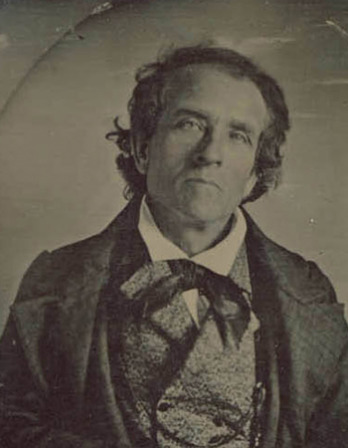If one wishes to fetch something that has been buried, the spellman should first chant the spell to protect his own body. Then proceed into a tumulus and select an adult male corpse—a body without the marks of boils or lesions on it. It should next be given a thorough washing. Then daub incense and flowers on its feet as offerings and simply chant the spell commanding the corpse to arise. Having done so, he asks, “Reverend master, what is your business with me?” The corpse then demands paper, brush, and ink, and the spellman provides the corpse with paper and so forth. Then, according to plan, the corpse will transcribe the rite for obtaining hidden jewels and present it to the spellman. If the spellman is illiterate, then he should tell the corpse, “You should fetch them for me.” The corpse will get them and bring them as commanded. The precious jewels obtained in this way should be accepted and, according to the Teaching, be used as an offering to be shared with all beings. The corpse will obey the spellman and if the precious jewels which were obtained are used up, then the corpse can be sent for more. However, if you do not distribute them to the Three Jewels, the śramanas [monks], Brahmans, and poor people, then he should not be sent for more.
©1994 Columbia University Press. Used with permission of the Columbia University Press.
From the Amoghapasa Dharani. Amoghapasa was a manifestation of the Bodhisattva of Compassion, and the text bearing his name was among many that appeared in China from the third century onward articulating the beliefs of Esoteric Buddhism. This version was written down by a monk named Ratnacinta, a purported descendant of Kashmiri kings, who traveled from monastery to monastery translating scripture.
Back to Issue




